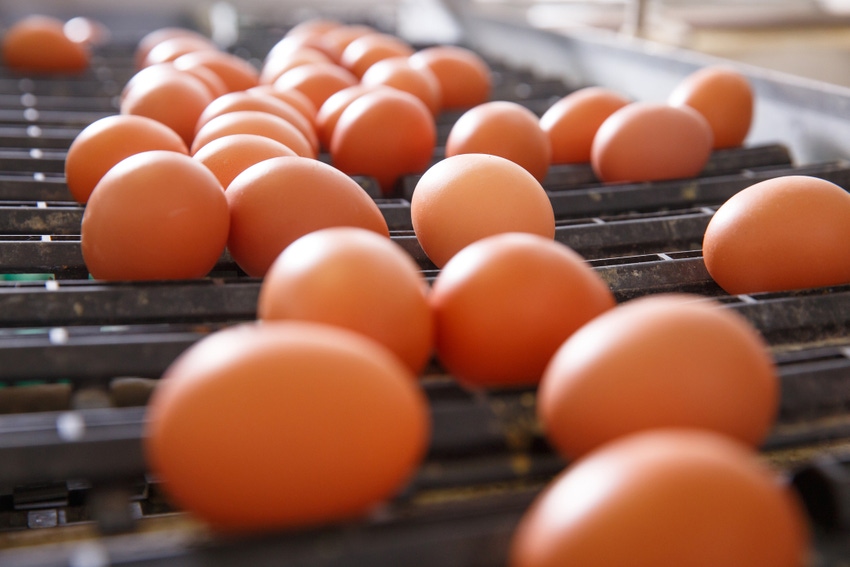Modeling impact of green eggs, hens
Model assesses environmental footprint of Canadian egg products.
September 12, 2017

New research findings from the University of British Columbia's Okanagan (UBC-Okanagan) campus show that poultry given "vegan organic" chicken feed can help produce eggs with a smaller environmental footprint than those given non-organic feeds that contain animal byproducts, according to the university.
Ecological economist Nathan Pelletier applied a cradle-to-customer environmental life-cycle assessment of Canadian egg and egg product supply chains, with the aim to identify opportunities for system efficiency and environmental improvements. His study showed that relatively few variables — most notably, feed composition — contributed to differences in carbon emission production and resource demand.
"With more than 1,000 registered farms producing more than 70 million metric tons of eggs annually, Canada's egg industry is an excellent example of the opportunities and challenges in managing food production systems for sustainability objectives," said Pelletier, who holds both an endowed chair in bio-economy sustainability management and the Natural Sciences & Engineering Research Council/Egg Farmers of Canada industrial research chair in sustainability at UBC-Okanagan.
Pelletier's life-cycle assessment of Canadian egg farms considered all of the supply chain activities associated with egg production, from the type of feed and housing to manure management. His is a very systematic approach that quantifies the flows of materials, energy and emissions associated with activities all along the supply chain, the university said.
Pelletier's findings showed that the type of feed and manure management system had the greatest influence on environmental impacts of all the variables examined. Organic feed derived from non-livestock sources required fewer resources and had lower emissions than conventional feed, he said.
"Canadian egg farming is highly diverse. Farms range in size from several-hundred hens to more than 400,000, and farm-level efficiencies vary," Pelletier noted. "There is a large gap between the laggers and leaders in terms of environmental performance. This is where the opportunity to improve lies."
This is the first national benchmark study of Canadian egg supply chains, and Pelletier said he believes that it offers important insights for improving the sustainability profile of the industry.
"These data will allow supply chain participants to gauge their individual performance relative to national and housing system-specific benchmarks and to understand how and to what extent they can improve their performance," Pelletier said.
"Our next step is to build a web-based tool that will enable farmers to measure their farm-specific impacts, set goals and report and communicate their sustainability performance," he added. "Ultimately, a reduction in resource use and emissions intensity by over 50% nationwide may be possible."
Consumption of eggs and egg products in Canada has consistently increased every year since 2010, and poultry and egg products produced in Canada generate more than $1 billion in industry profit.
The study, published in the Journal of Cleaner Production, was supported by funds from the Egg Farmers of Canada.
You May Also Like



